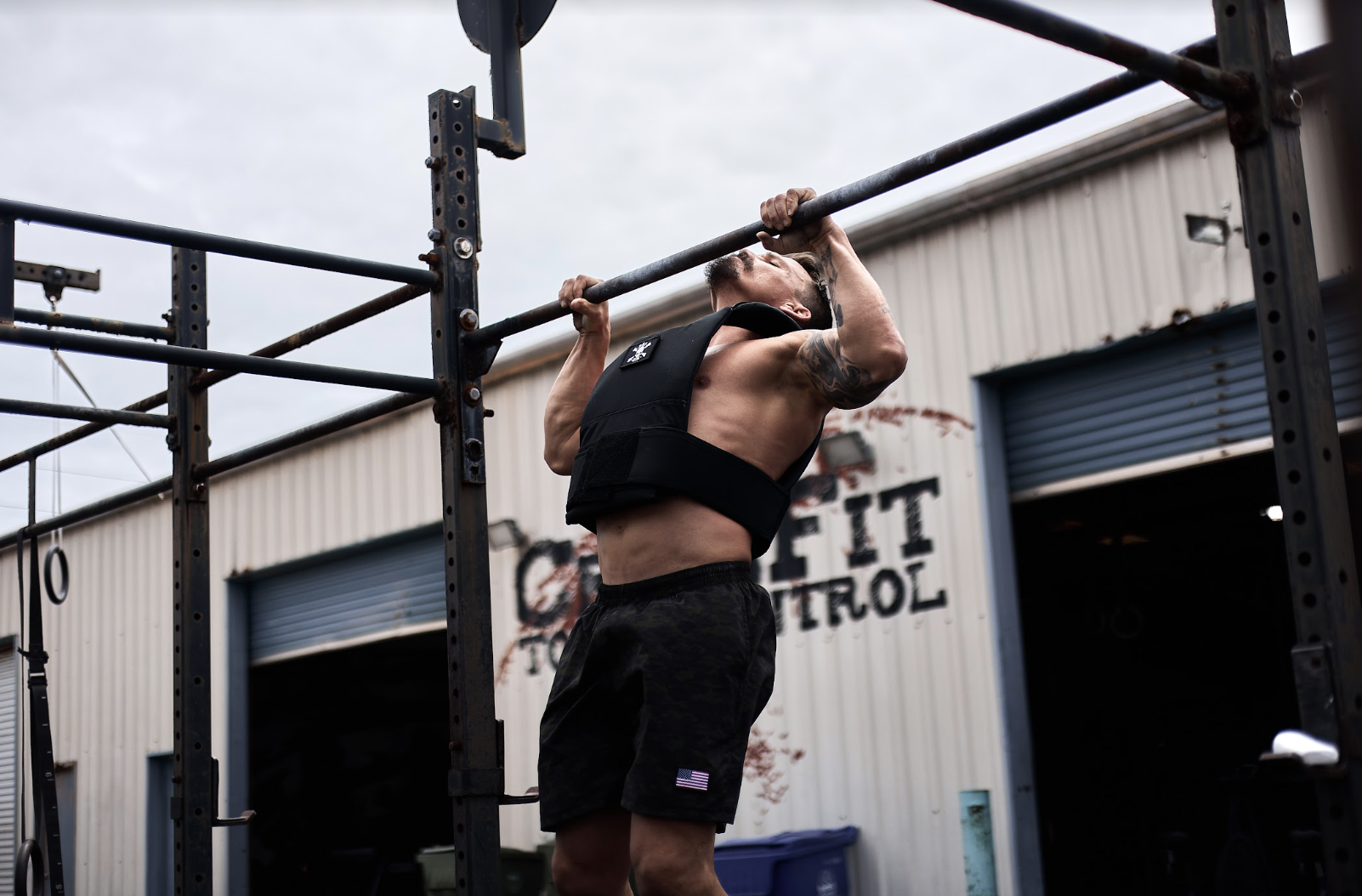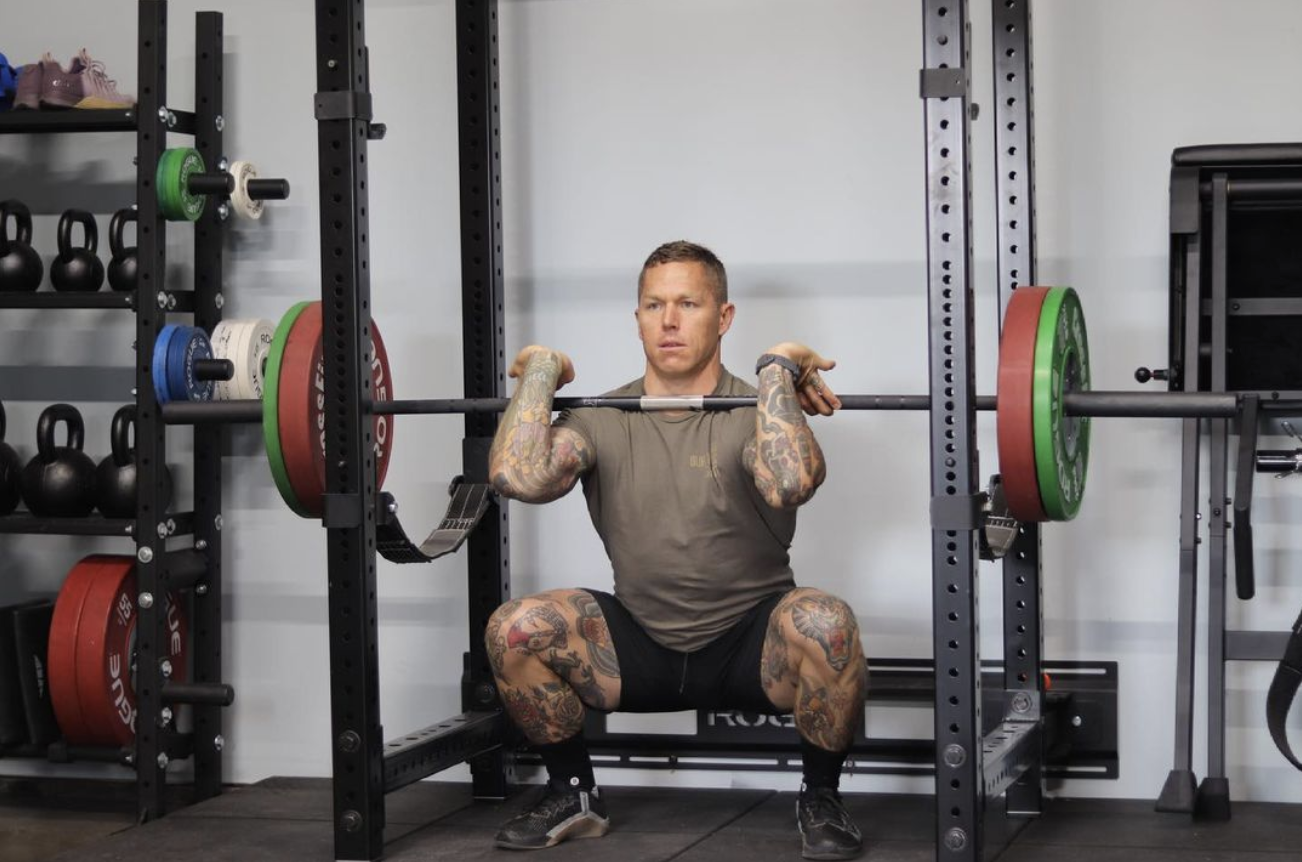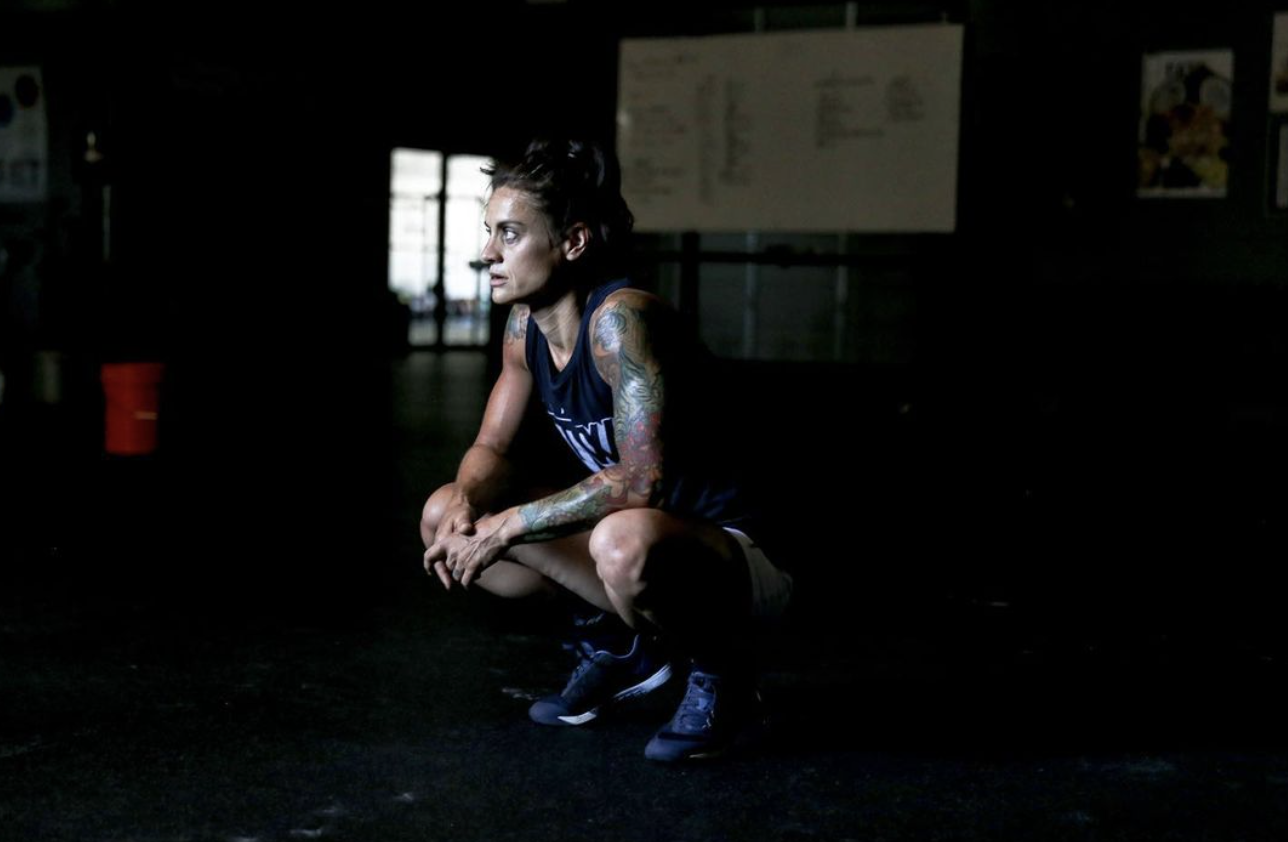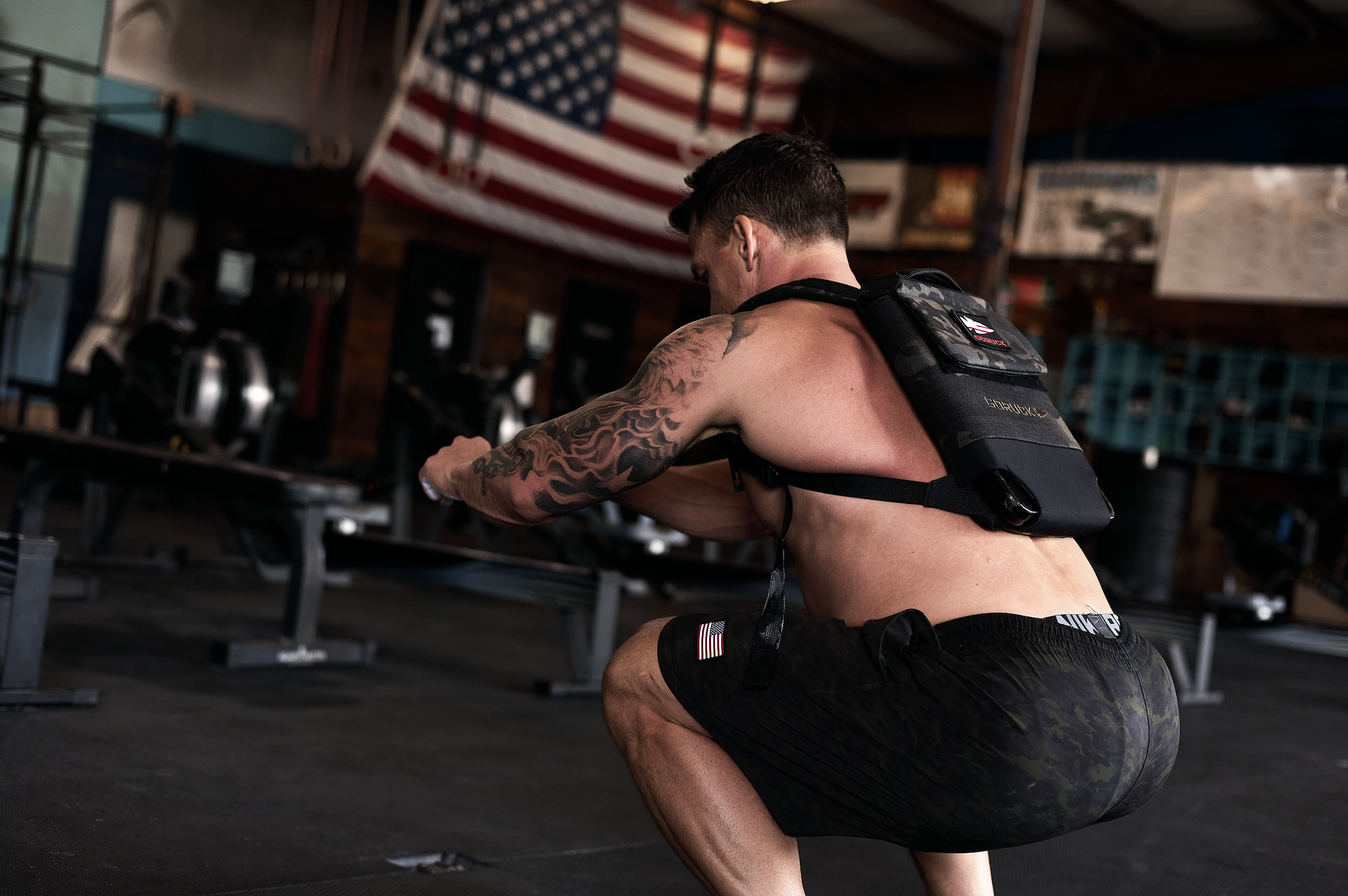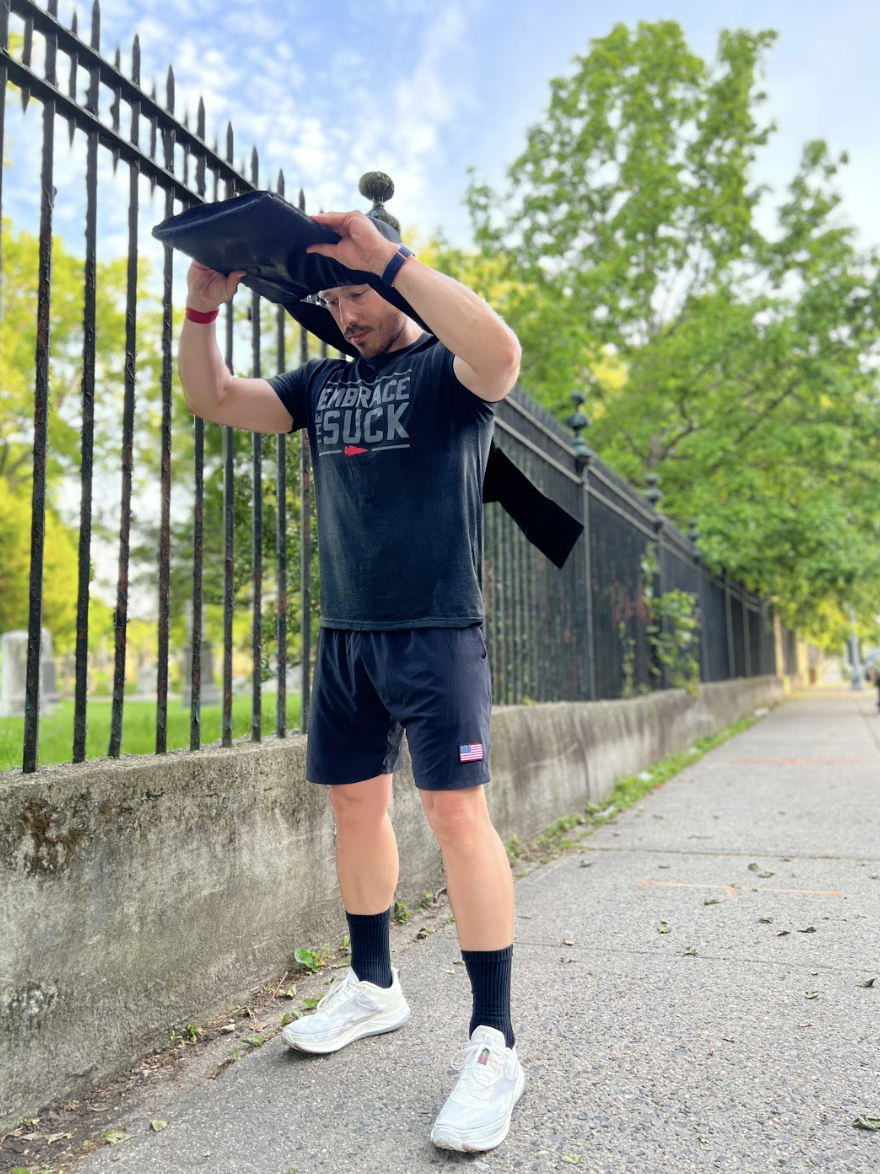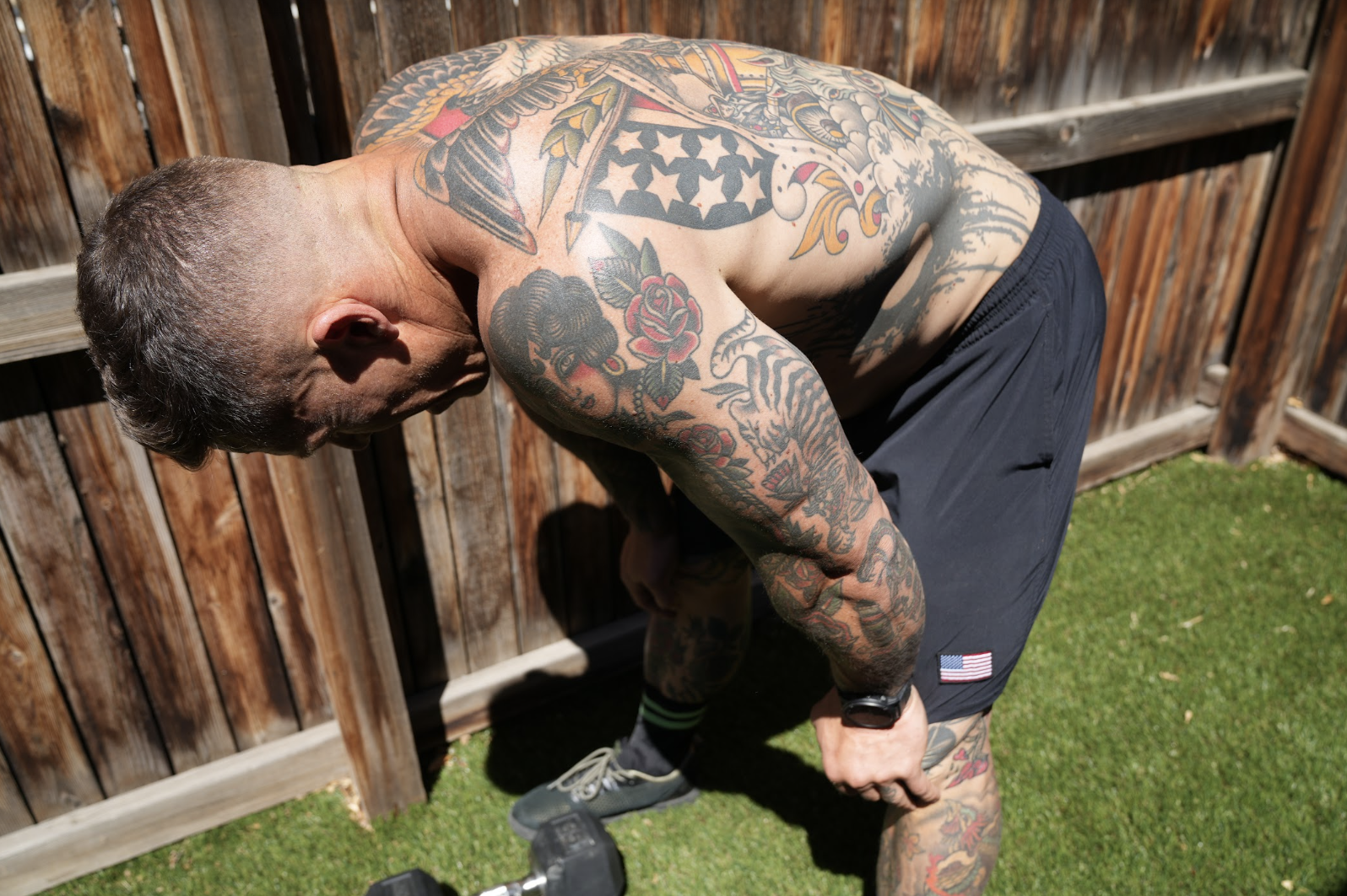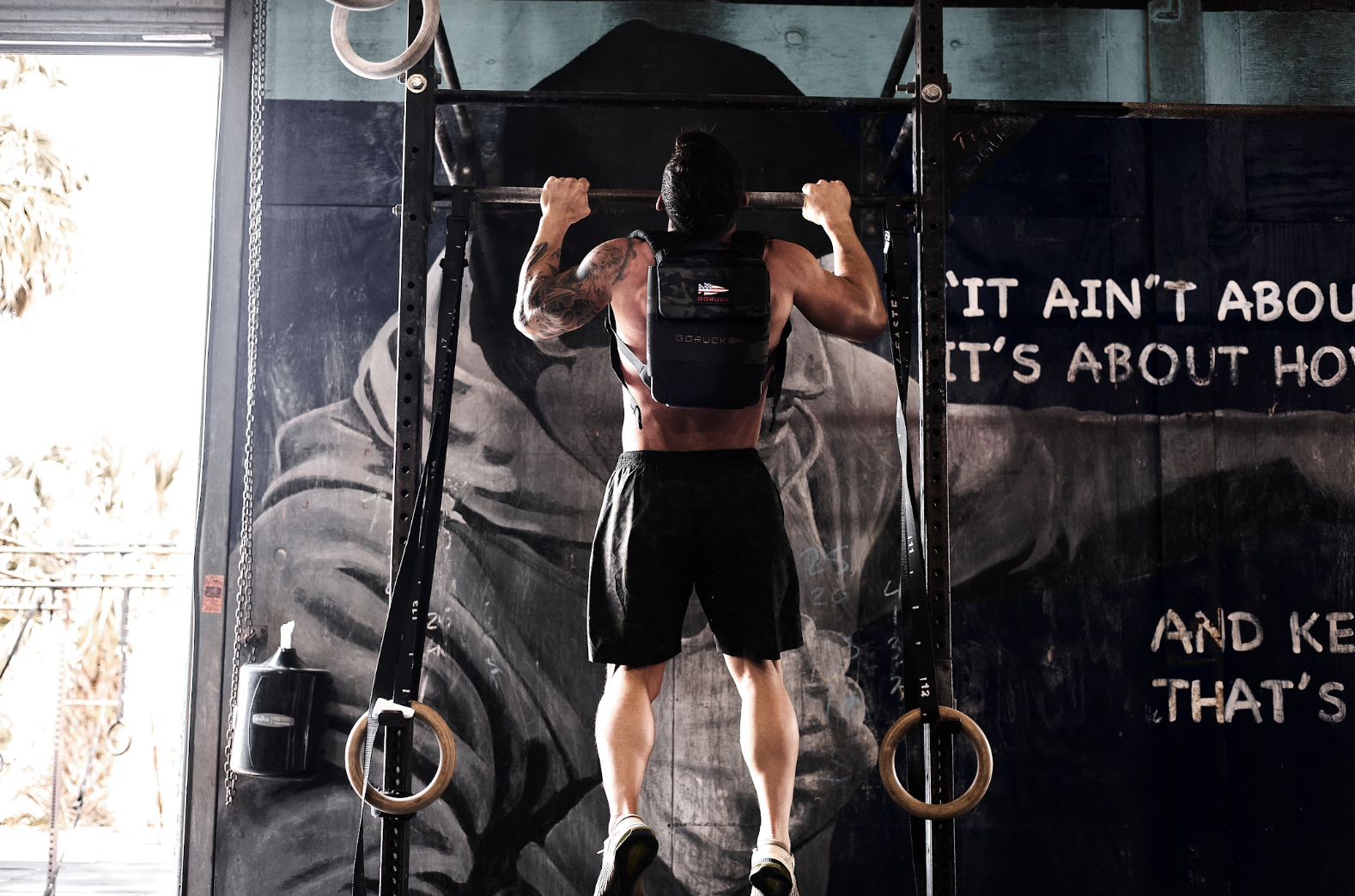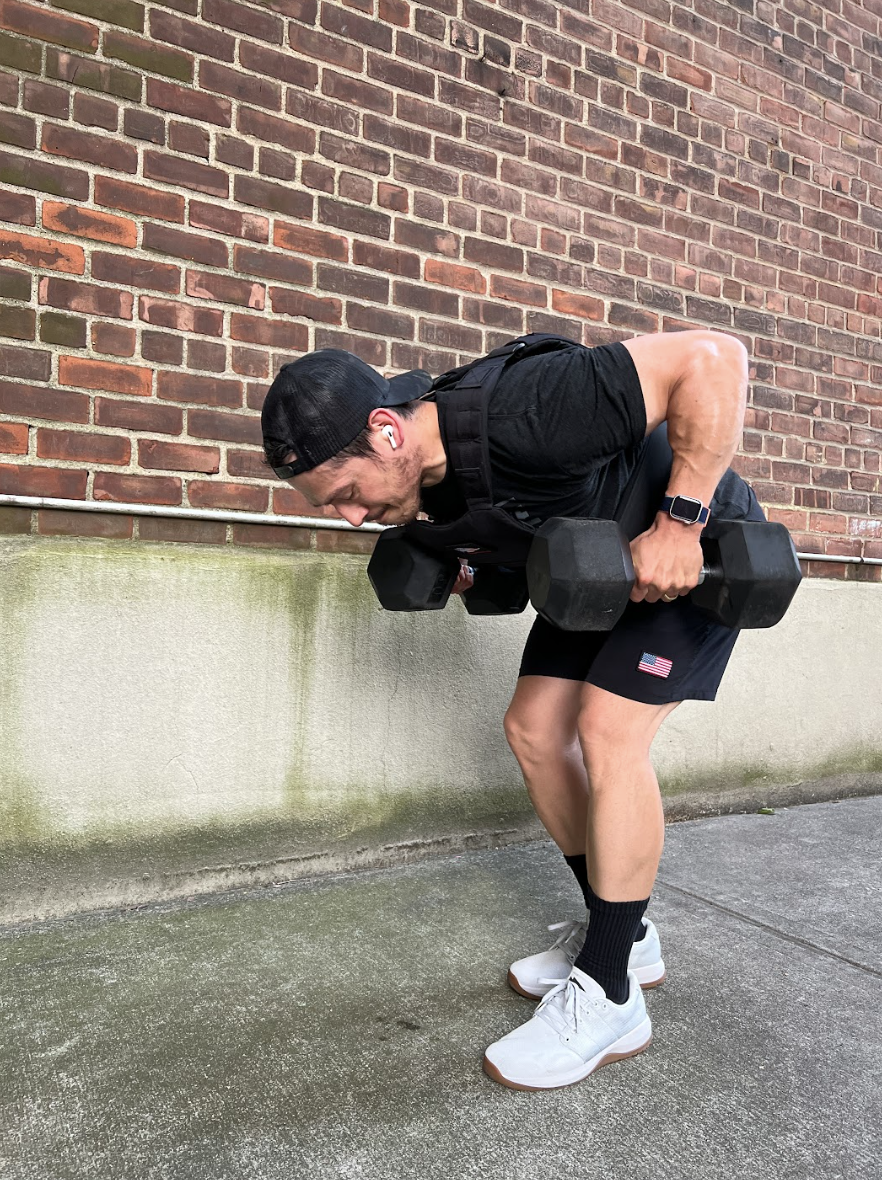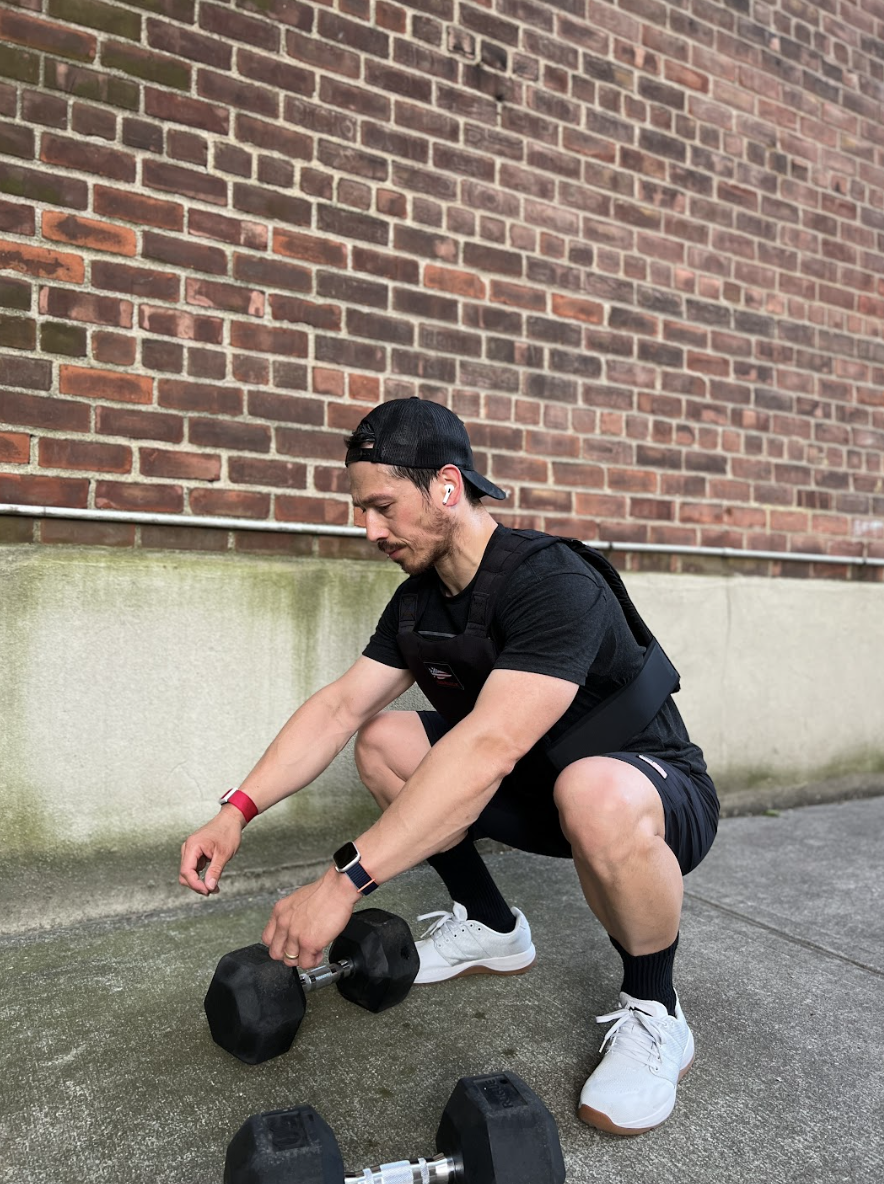On Memorial Day this year, and every year, thousands of people come out to complete The “MURPH” Challenge, which is in honor of Lt. Michael Patrick Murphy. He was a United States Navy SEAL officer killed during the War in Afghanistan on June 28, 2005. People around the world complete this workout every year, and this was one of Murphy’s favorites. He liked to call it “Body Armor”. MURPH is no easy task and we suggest you start training now to get prepped. We asked some MURPH experts on advice on taking on the challenge. Everything from what gear you should use, pacing the workout, and scaling the workout. Here are our tips on how to take on The “MURPH”.
Our Experts:
Josh Bridges: Former Navy SEAL, 6x CrossFit Games Athlete, 4x Crossfit Regionals Champion, 7x CrossFit Open Workout Winner

Matt Chan: Career Firefighter, Titan Games Season 2 Champ, climber, mountain biker, hunter, six CrossFit Games appearances with 4 top ten finishes.
Cherie Chan: Operations ninja for TrainFTW, career coach of 14 years, CFL4 coach, Pn2, dedicated to continuing to learn how to increase the quality of life and longevity through fitness in the gym and spending as much time recreating outside as modern life will allow.
(To make it easier, we’ll call them The Chans.)
Kevin Torres: Former middle school vice principal and served two combat tours as an infantryman with the 101st Airborne Division, Founder and Head Coach of Forging Elite Fathers, a program specifically designed for busy dads who want to go from Dad Bod to Fit Dad without sacrificing family time.

Their Tips for MURPH:
What is the recommended gear for The MURPH?
Josh: I would recommend The Training Weight Vest for MURPH, but if that isn’t accessible then a GORUCK Ruck Plate Carrier or Rucker with 20# in it will work just fine. Either get the job done of adding the weight for the workout.
Chans: Rucking has become a big part of my training plan each year. It is a great way to add volume without adding intensity or potential for injury. If you don’t have a weight vest for MURPH this year, why not use your rucksack? It’s a realistic tool to incorporate. I’m going to be using my Rucker 4.0.
Kevin: One of my personal favorite pieces of equipment is the GORUCK Weight Vest, which is PERFECT for Murph. The vest is adjustable, so the fit is always perfect, and you can load it up with 10, 20, even 30 lb plates on the front and back, which distributes the weight evenly across your torso! Another great option is the Plate Carrier from GORUCK, which allows you to carry 20, 30, even 45 lb plates on your back, which adds up pretty quickly when you’re knocking out 100 push ups! If you don’t have either of those pieces, then I’d recommend loading up your Rucker, a GR1, or even a Sandbag and get moving!
What is some advice for each specific movement of the WOD?
Josh: When it comes to running with weight make sure you’re not slamming your feet down, run smooth. For the pull ups just grip it and rip it. For push ups makes sure elbows are staying close to the body don’t let them flare out. For air squats same thing keep a little bit of a narrow stance and just keep moving. Don’t take too much time for rest.
Chans: Any suffering in physical activities is just time. What I mean by that, is you need to keep your mind clear and remember that it is only minutes and they will pass. I tell myself to breathe, remind myself it’s only time and also try to check in on my form as much as possible. In a workout like “MURPH” it is easy to get lazy with form, especially if you don’t stay present. I try to stay present as much as I can and self correct deteriorating form like dropping my chest in the squats and snaking my chest in the push-ups.
Kevin: You should plan for this workout to take anywhere between 40-60 minutes. It’s not a race (although, it sort of is!). So, don’t go out too hot on that first mile because you still have a TON of work to do after that first run. Instead take that first mile at a slightly faster than conversational pace and don’t worry about your time. As far as the second mile at the end of the workout goes, even if you want to take it fast, you likely won’t be able to. Your legs are going to be cooked from the 300 air squats, so don’t be surprised if you take off for the run and feel like a drunk Bambi. Just accept the fact that you look like a silly mess and maintain a steady pace for that first 1/2 mile. After you’ve loosened up and wiped the tears from your face, you can pick up the pace for the second half of the mile as you bring the workout to an end!
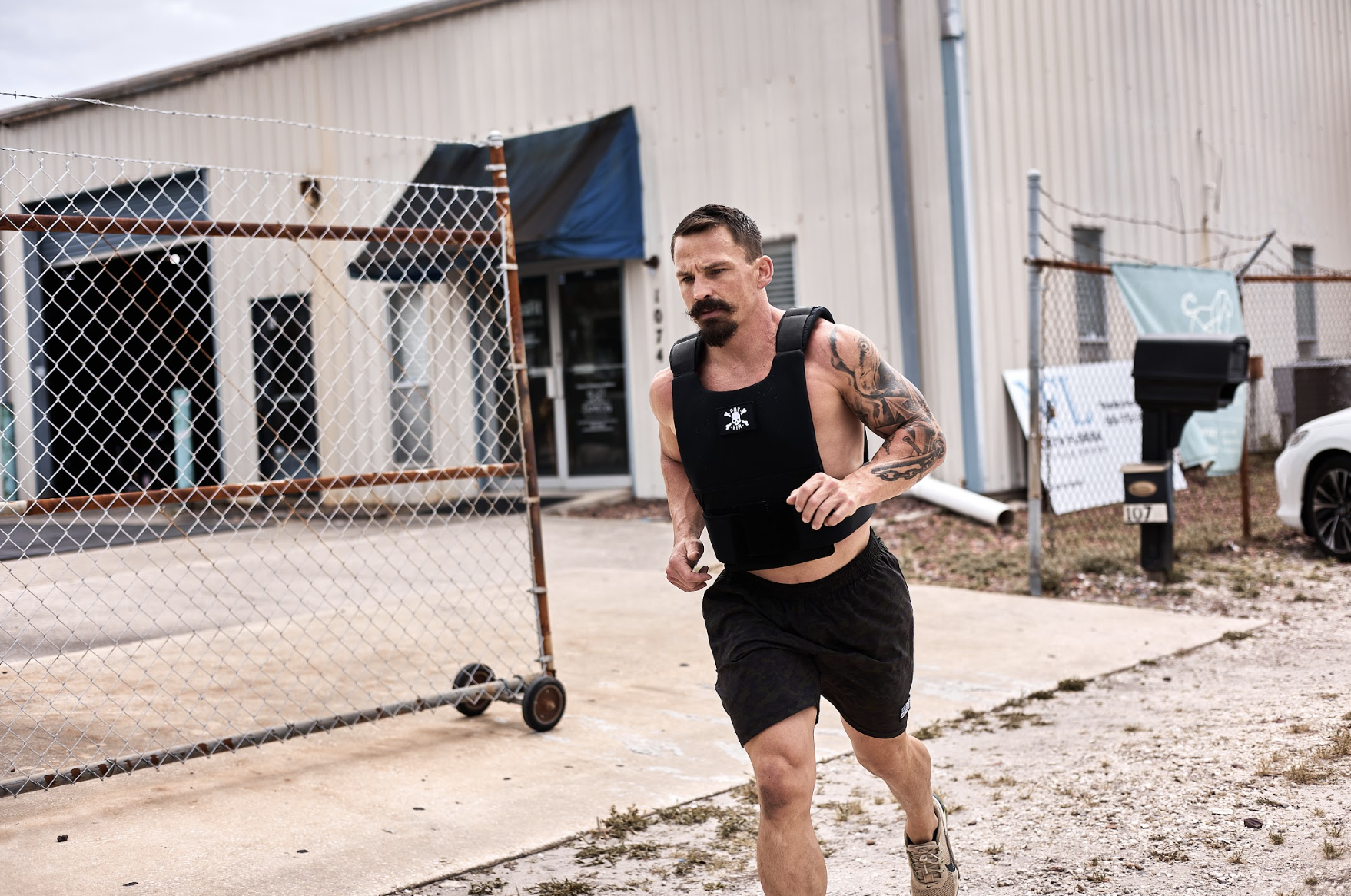
What are some ways to pace the entire workout?
Josh: On the first run, go out at a nice pace don’t go too hard. This isn’t where you make your money. On the pull ups small goals equal big goals so just pick numbers you can keep hitting. Same for the push-ups. Try not to get to failure. For the squats again just keep moving. Don’t take long breaks.
Chans: I pace the workout with 20 rounds of 5 push-ups, 5 pull-ups, 5 push-ups and 15 squats. The push-ups are always the movement that is the hardest for me and this allows me to minimize any resting or waiting for my arms to magically rejuvenate. I’ve done this the last few years without weight. This year I’ll give it a shot with my ruck!
Kevin:
5 – 10 Rounds of
400 Meter Run followed by
2 Rounds of
5 Pull-Ups/Bent Over Rows
10 Push-Ups
15 Air Squats
So, this means you would do a 400 meter run, followed by TWO rounds of 5 pull-ups, 10 push-ups, and 15 squats. Then you’d repeat that circuit for a total of 5-10 rounds.
No matter if you’ve completed the WOD 50 times, or this is your first time, what are some ways the workout can be scaled?
Josh: If you need to scale the first thing would be to remove the weight vest or ruck. Then from there if running isn’t an option, ruck or pick a rower or a bike. For pull ups you can do jumping pull ups or banded ones. For push ups sometimes it’s hard on people’s wrists, so doing them on a dumbbell can help or putting your knees on the floor. Remember this workout is for someone who paid the ultimate sacrifice. Keep that in the back of your head. Keep moving!
Chans: Number one is scale the volume. Why not do 1/2 or 1/4 “MURPH”? This volume is appropriate for many. I also like having clients do “MURPH” as a team, it builds camaraderie and builds in recovery time. Additionally, one of my favorite scales in “MURPH” is for the push-up. Add a band under your hip in the push-ups to assist in a rigid push-up, this will build the strength and body position to transfer to non banded push-ups in the future.
Kevin: If you haven’t completed the MURPH workout before, then you might consider just using your body weight. However, if you’re up for a little challenge, then adding a little weight into the mix is going to make the workout that much more fun! Like I mentioned before, breaking up the run might not be an exact MURPH with the mile starter and finisher. But if you do all 10 rounds, the volume is the same! If you do 5 rounds, that’s half a Murph, which might just be enough for you this year! Whatever you decide to do this year, remember why our community is doing this workout this weekend: to honor the sacrifices of those who’ve given their lives so that the rest of us can enjoy ours – soldiers, first-responders, cops, fire fighters, and literally anyone else who selflessly made our world a tiny bit better.
